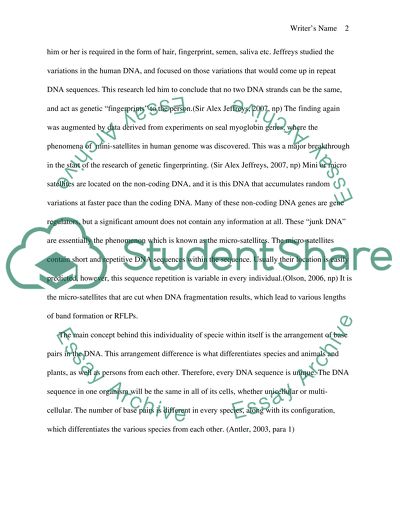Cite this document
(DNA Fingerprinting in Molecular Biology Assignment, n.d.)
DNA Fingerprinting in Molecular Biology Assignment. Retrieved from https://studentshare.org/biology/1513165-dna-fingerprinting
DNA Fingerprinting in Molecular Biology Assignment. Retrieved from https://studentshare.org/biology/1513165-dna-fingerprinting
(DNA Fingerprinting in Molecular Biology Assignment)
DNA Fingerprinting in Molecular Biology Assignment. https://studentshare.org/biology/1513165-dna-fingerprinting.
DNA Fingerprinting in Molecular Biology Assignment. https://studentshare.org/biology/1513165-dna-fingerprinting.
“DNA Fingerprinting in Molecular Biology Assignment”, n.d. https://studentshare.org/biology/1513165-dna-fingerprinting.


